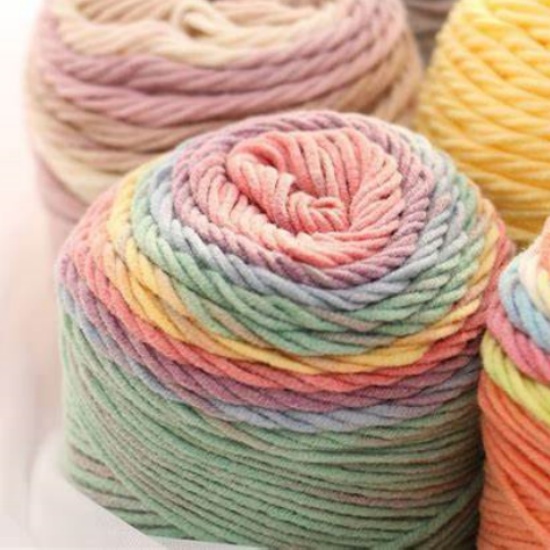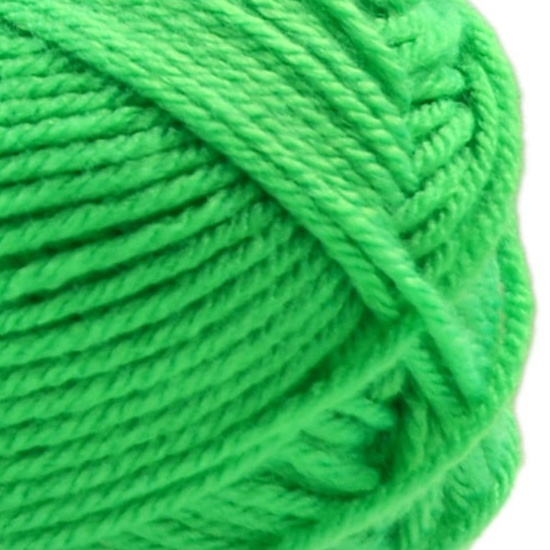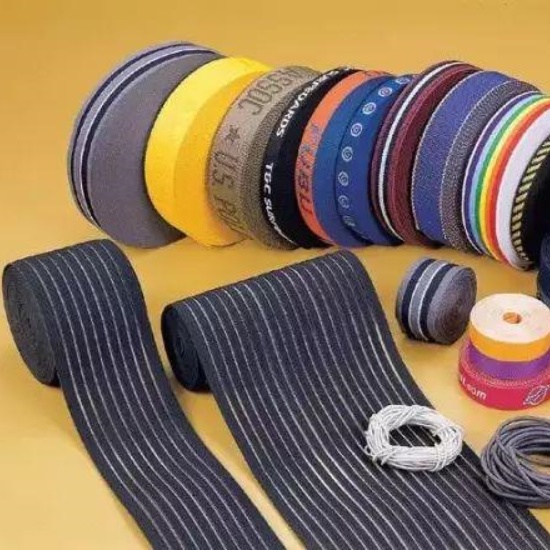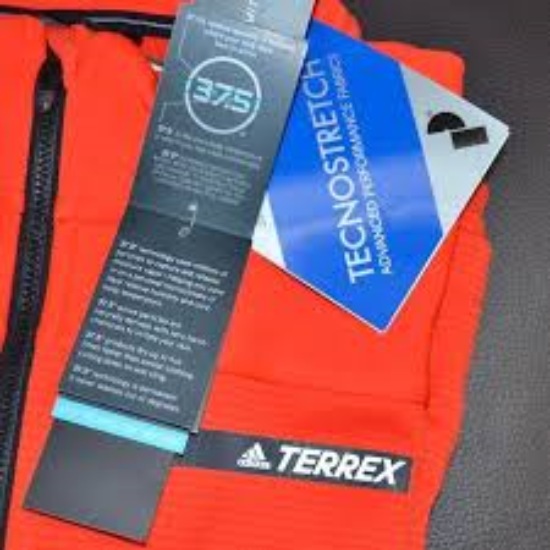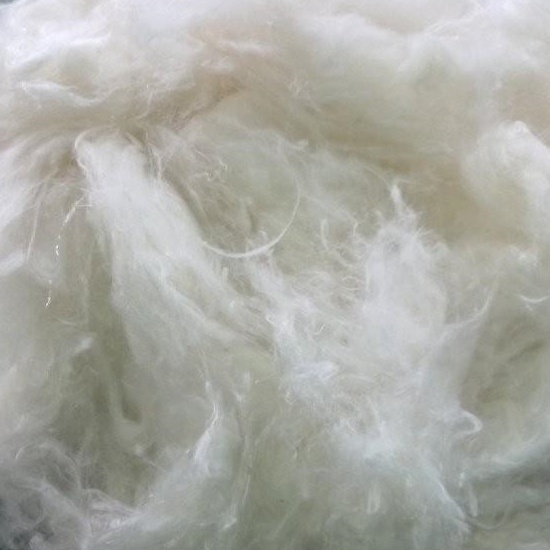Spandex (elastic fiber)
Nov 04, 2022
Spandex (elastic fiber) It has the best elasticity, the worst strength, poor moisture absorption, good light resistance, acid resistance, alkali resistance and wear resistance. Uses: Chloro fiber is widely used in underwear, female underwear, casual wear, sportswear, socks, pantyhose, bandages and other textile fields and medical fields. Spandex is a kind of high elastic fiber which is necessary for high performance clothes in pursuit of mobility and convenience. Spandex can stretch 5-7 times longer than the original, so it is comfortable to wear, soft to handle, and does not wrinkle, and can always maintain the original contour.
View More



